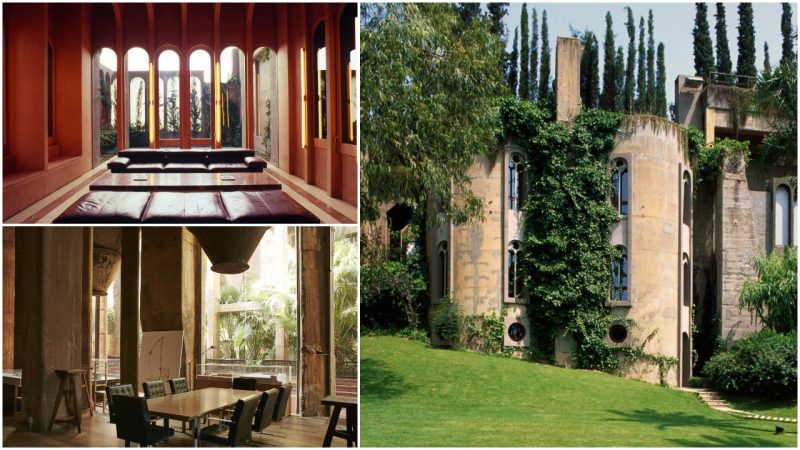In 1973 the Spanish architect, Ricardo Bofill stumbled across an old, abandoned, World War One-era concrete factory, near Barcelona, Spain. He instantly fell in love with it and spent the next 45 years of his life turning it into a truly unique and gorgeous home.
As written by Bored Panda “the factory, located just outside of Barcelona, was a WWI-era pollution machine that had closed down and came with many repairs to be done when Ricardo Bofill and his team purchased it.”
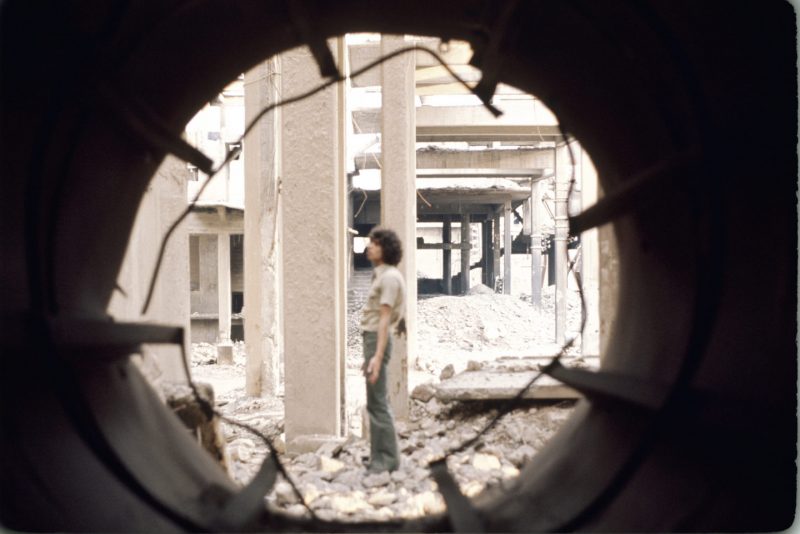
This unique work of art known as La fábrica is a work in progress to this day and still provides inspiration for Bofill.
“Presently I live and work here better than anywhere else. For me this is the only place where I can concentrate and associate ideas in the most abstract manner. I have the impression of living in a precinct, in a closed universe which protects me from the outside and everyday life. The Cement Factory is a place of work par excellence. Life goes on here in a continuous sequence, with a tiny difference between work and leisure. I have the impression of living in the same environment that propelled the Industrial Revolution in Catalonia,” Bofill writes on his website.
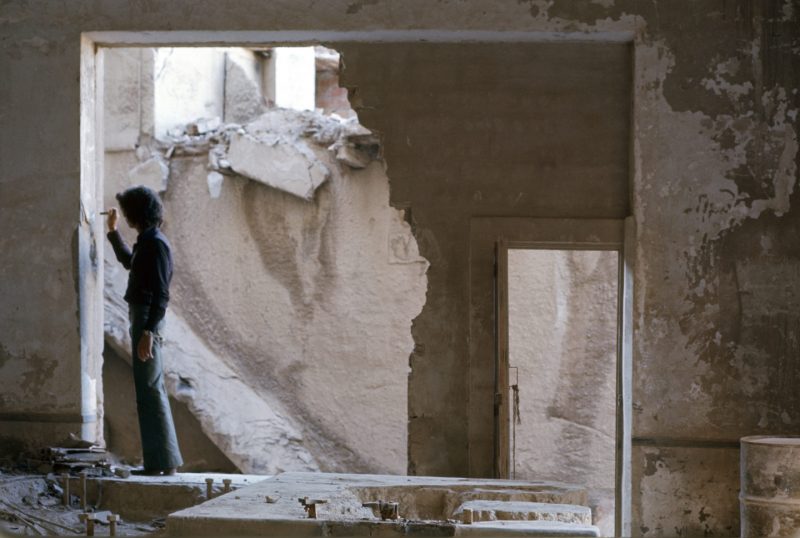
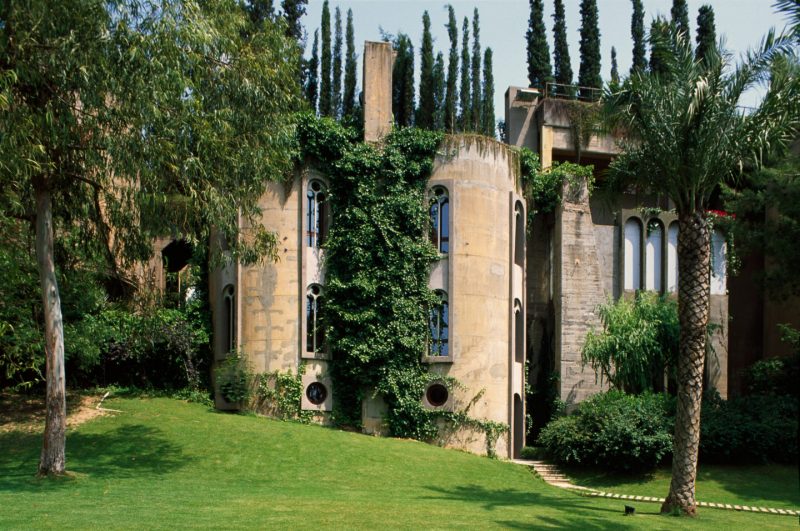
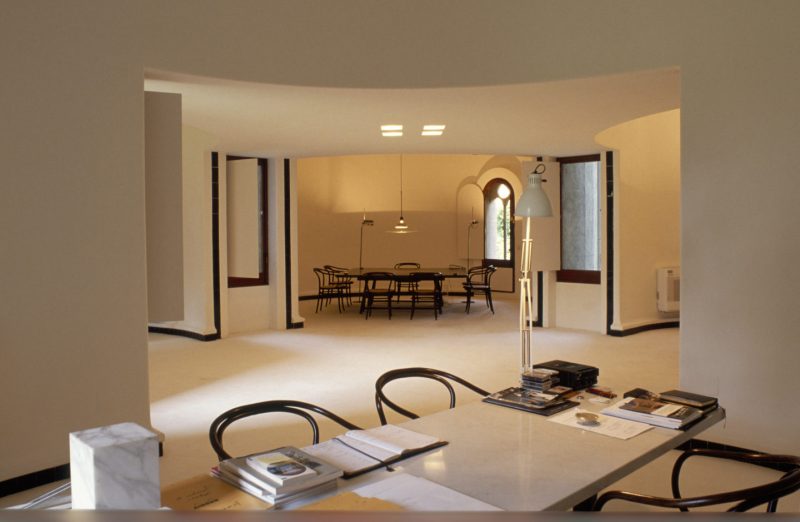
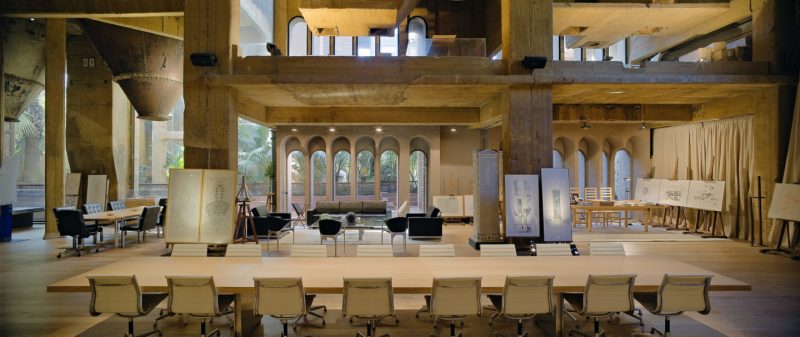

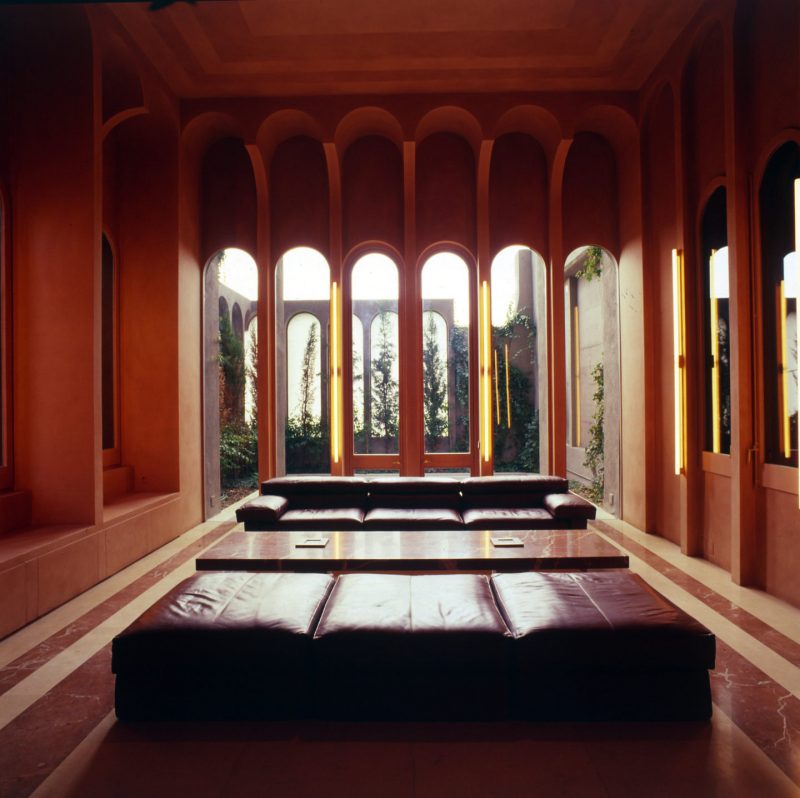
He spent more than a year and a half deconstructing the space since the silos were full of cement making it impossible for Bofill and his team to penetrate the spaces which were entirely saturated with dust.
“We imagined windows, doors, stairs and false perspectives, and applied them to the exterior walls and some of the interiors. Slowly, with the valuable help of Catalan craftsmen, the Cement Factory was transformed, but it will always remain an unfinished work,” Mr. Bofill added.
Today, he lives in the formerly abandoned factory that is now divided into four areas – the studio, La Catedral, the gardens, and the residence.
The studio is located in the factory silos over four floors connected by a spiral staircase. Mr. Bofill’s office on the first floor is a minimalistic space with 4 meters ceiling height, pristine white walls and a carpet.
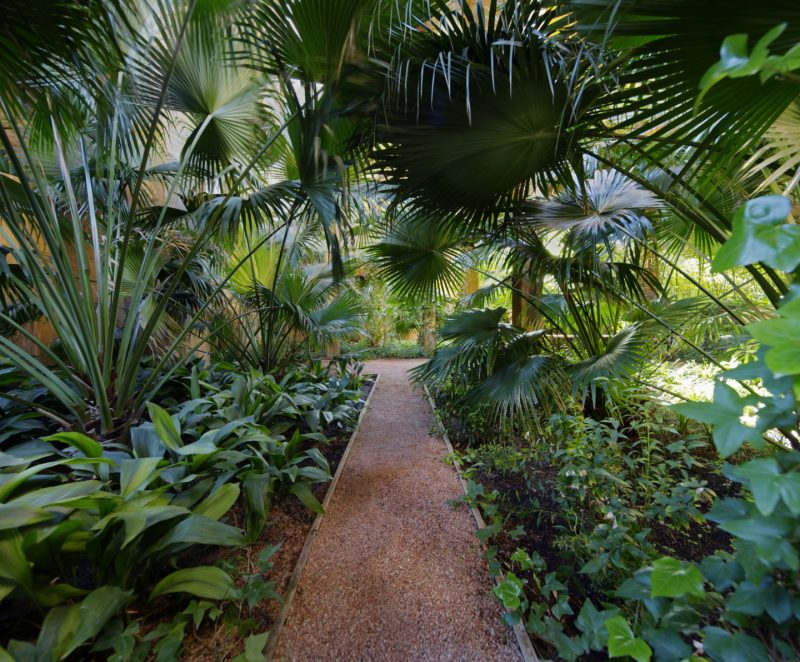
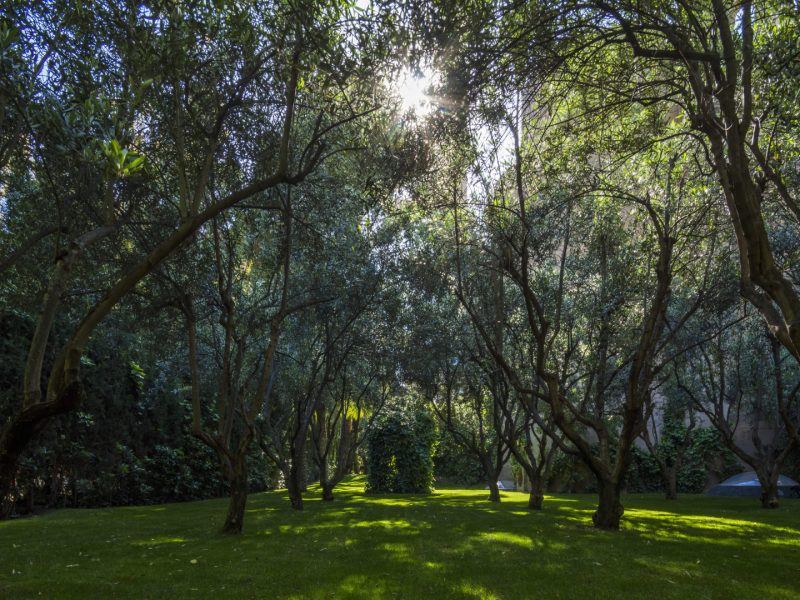

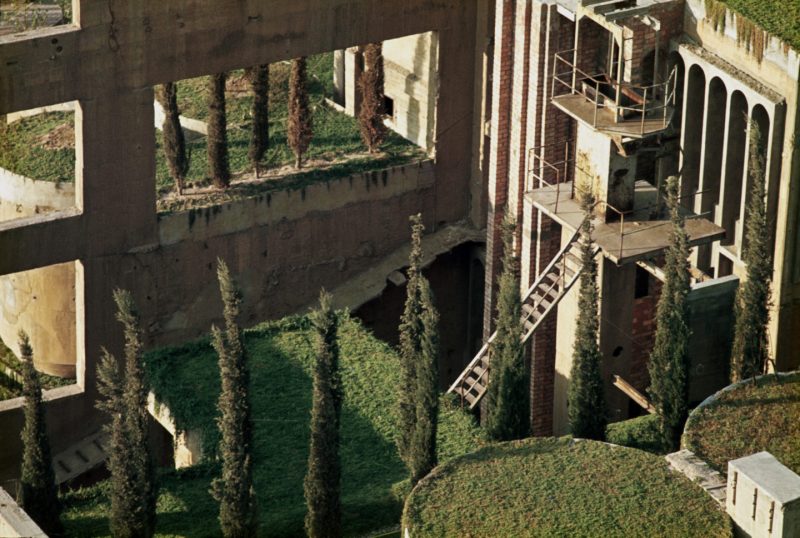
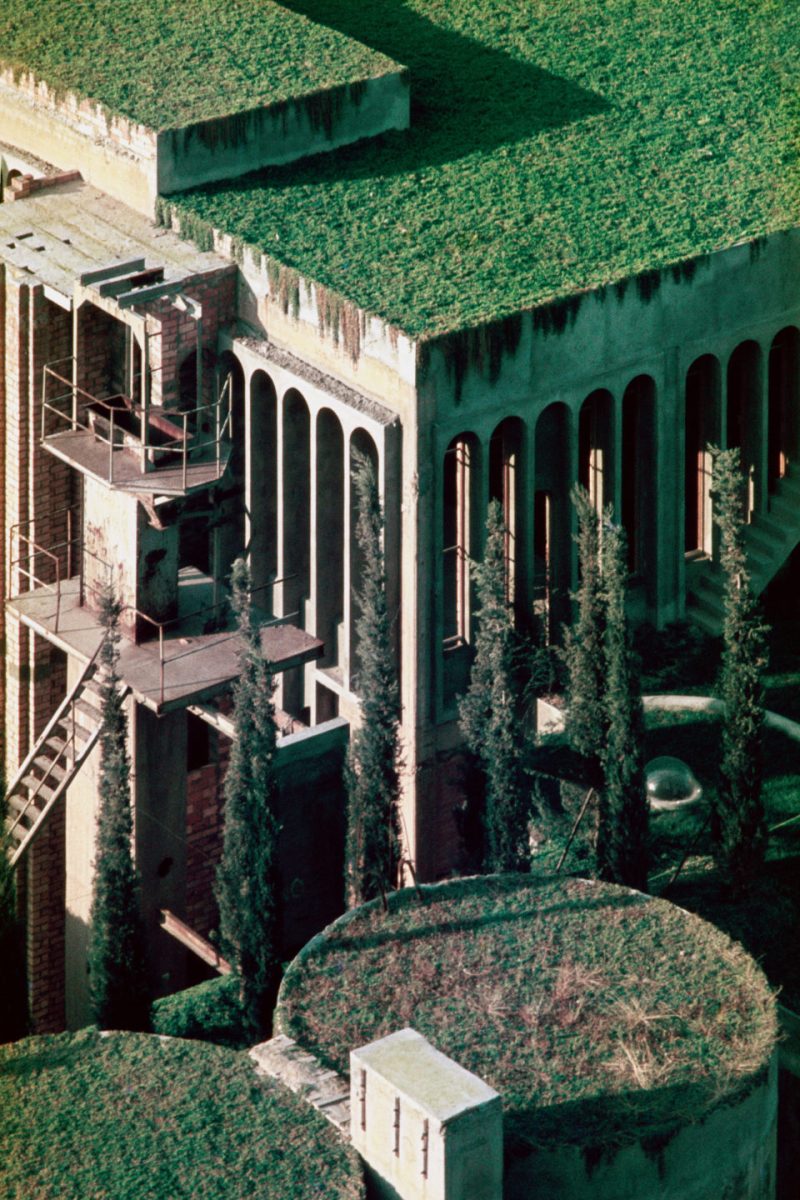
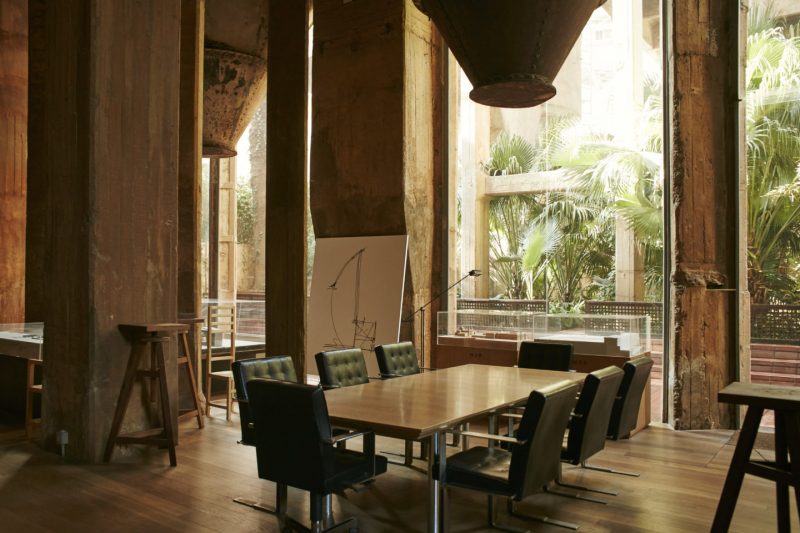
La Catedral is the name for the conference and exhibition room that is not as minimalistic as Mr. Bofill’s office, with floor to ceiling heights of 10 meters.
The gardens have been planned since Mr. Bofill, and his team have cleaned the spaces of cement.
The residence is in the upper part of the factory where he converted a huge volume of brute cement into the main living room.
See more of Mr. Bofill’s work, visit his Facebook or his Instagram profile.
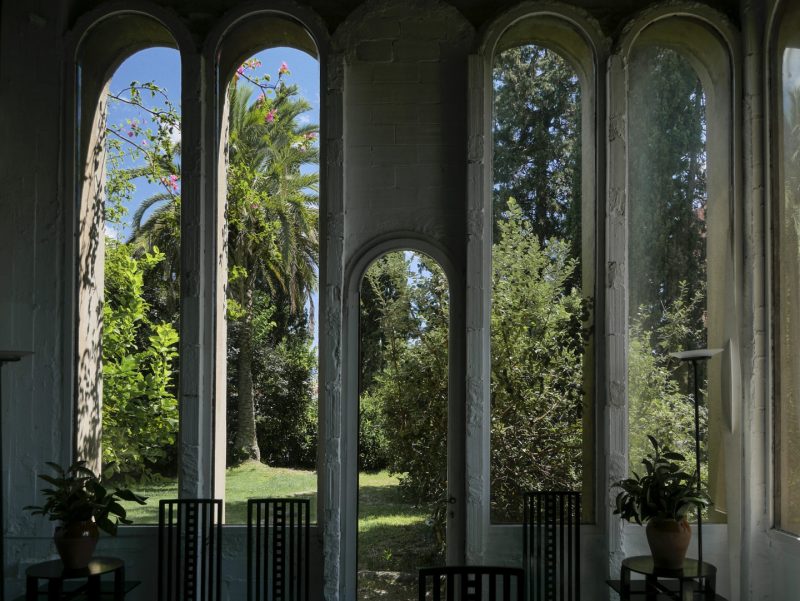

“The factory is a magic place whose strange atmosphere ‘s hard to be perceived by a profane eye.
Read another story from us: Oldest beer-making “factory” found near the Wei River in China
I like the life which is perfectly programmed here, ritualized, and in total contrast with my turbulent nomadic life,” Mr. Bofill added.
